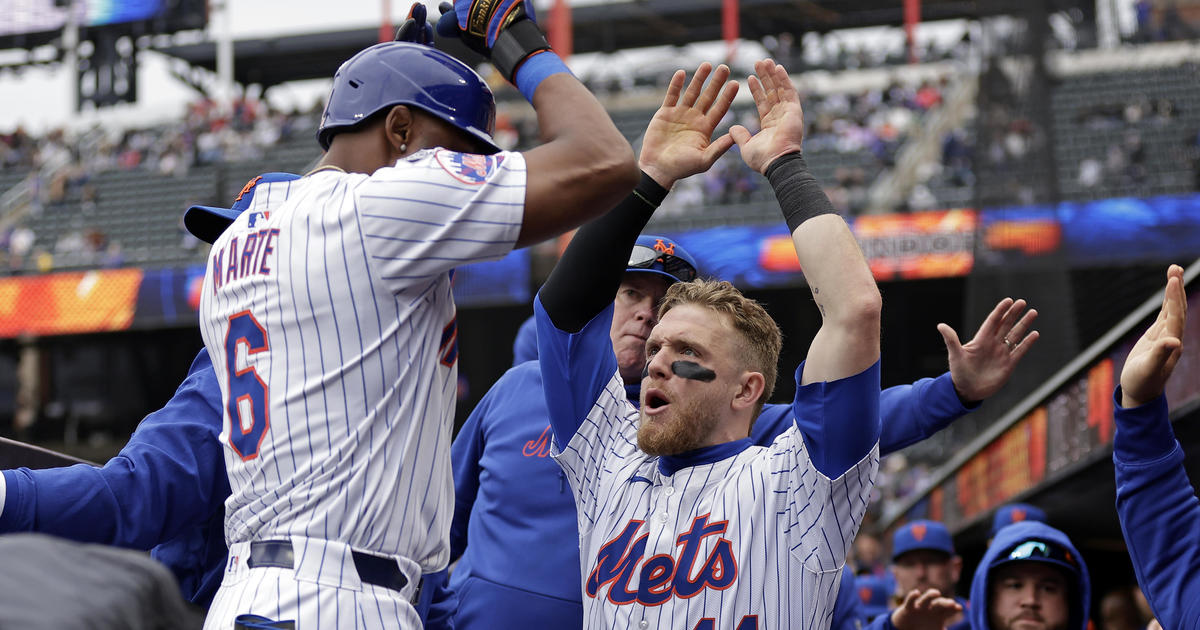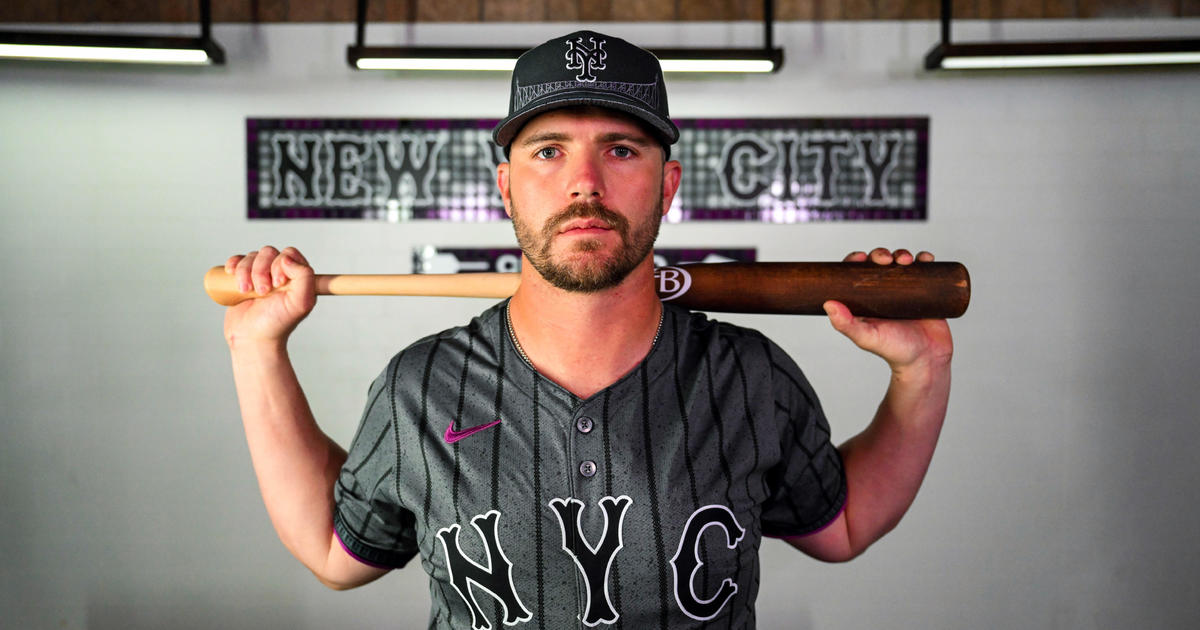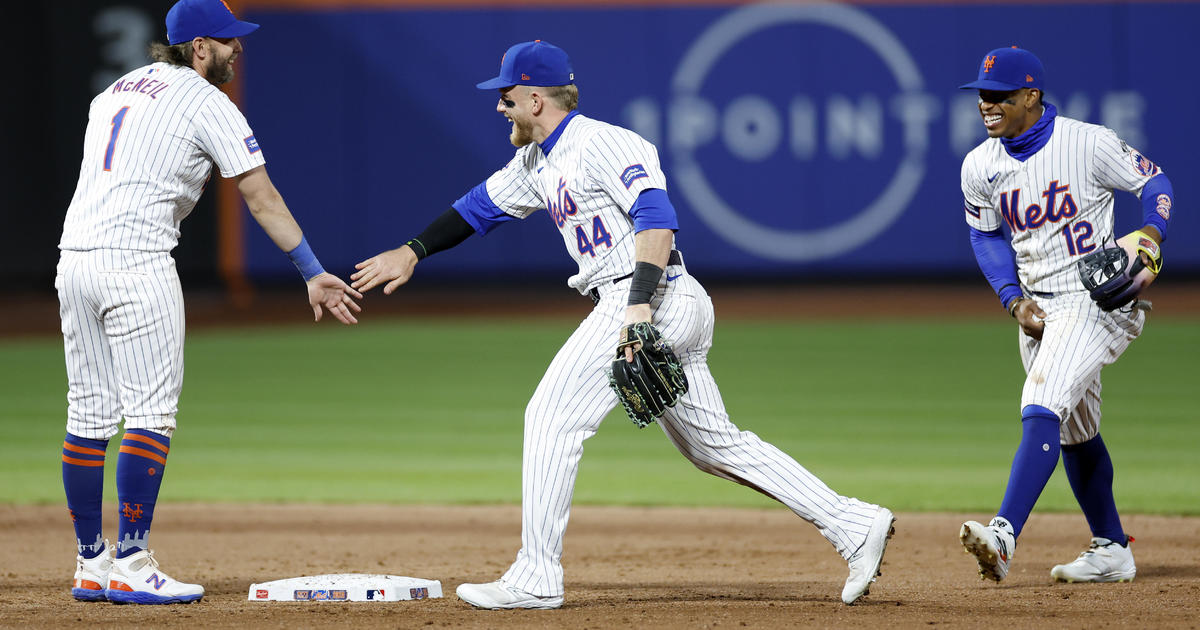Palladino: New Citi Dimensions Won't Solve All Mets' Problems
By Ernie Palladino
» More Ernie Palladino Columns
Moving fences is not an uncommon occurrence in major league stadiums. Teams are forever trying to get an edge, and if pulling in a center- or right-field fence makes it a little more comfortable for the hitters, then in they go.
So Wednesday's announcement in Flushing that work had begun on altering the dimensions at Citi Field should not have come as a big surprise. Everybody on earth knows by now the Mets have a problem with offense. Fans have long winced at David Wright's lack of power at home, as much as they celebrated Lucas Duda's burgeoning home run ability toward season's end.
It makes sense that the fences would come in in the pitcher-friendly ballpark. Only -- and there's always an only, or a but, or an if with the Mets -- they just tinkered with the outfield after the 2011 season.
That's two moves in three years, with this one coming after a rather major dimension change. The 2011 renovation famously brought in Citi Field's massive left field wall 15 feet from 371 to 358. Right center came in a whopping 25 feet, from 415 to 390. And they lowered the height of the wall itself to a uniform eight feet from its undulating dimensions going from left to right center.
This current renovation calls for reducing the right-center area by 10 feet or so, judging by the photo the Mets released Wednesday showing a line on the warning track for the new fence's location. That would shave off some of the irregularities caused by the first revision.
Two major renovations in three years? That's a bit much. When the new, "old" Yankee Stadium brought in its deep left-center field bulge to 399, a move some decried as sacrilegious, at least they let it be after that. It stayed put for the next 20 years, until they tore down the old place.
The Yanks in part refurbished to make Hall-of-Famer Dave Winfield a more dangerous hitter. The Mets obviously want to help out Duda, Wright and Curtis Granderson, the latter two of whom were woeful in the Citi Field home-run department.
They won't admit that, however. Sandy Alderson said last month that the purpose was to make the field as "fan-friendly and as exciting" as the Mets can make it. Going on that philosophy vis-a-vis the cost of tickets, they would do well to stick a fence at the outer lip of the infield.
This is all going to hurt the Mets in another important sense. Forget about fan-friendly. Citi Field was one of the most pitcher-friendly ballparks in the majors. The Mets as currently constituted are built around pitching. Unless Alderson is going to go out and get himself another big bat or two in free agency, this supposed concern for the few fans who do show up could undermine the only aspect of the team worth watching the past few seasons.
Then again, if the home run total rises dramatically and the Matt Harveys and Zack Wheelers and Jacob deGroms of the world do their jobs, perhaps this renovation will be the way to return the Mets to the playoffs after an eight-year absence.
If nothing else, they could use the mental boost of seeing those distant fences significantly closer. They are probably scarred after hitting just 59 homers at Citi Field in 2014, 16 less than the league's teams averaged in their home parks. Their 286 runs scored at Citi fell 46 runs short of the league's home average.
None of it is liable to matter, however, unless the Mets get more bats. Granderson, Duda, Wright might benefit, as might Travis d'Arnaud's opposite-field power. But their inability to get on base and get key hits -- not necessarily homers, but situational hits -- could make the renovative exercise worthless.
Alderson wants fan-friendly?
Shorter dimensions alone won't provide that.
He needs hitters.
You May Also Be Interested In These Stories



